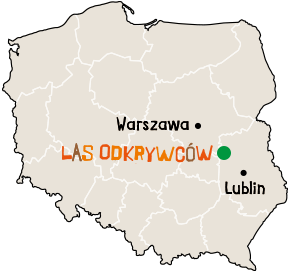Where is the water in the forest?
Did you know that forests have the ability to retain water? This means that forests can collect and store water either in soil or with help from the various living organisms that consume it, such as trees. Forests are able to limit the runoff of rain water by integrating it into a slow, underground biological cycle. Water gets collected in periods of excess supply and gets moved to areas in need during shortages.
The most important water retention mechanism in a forest involves the slowdown of runoff rainwater, which is made possible by the different kinds of soil, especially highly absorbent organic forest soil. This type of soil is porous and is drained by the roots and small channels created by organisms living in it. On its surface, soil is protected by tree crowns, undergrowth, fleece and mulch, which allow rainwater to be absorbed by the soil. This stored rain water is then slowly drained and remains within the reach of nearby roots for longer periods of time.
Forests also have natural water retention systems such as peat bogs, swamps and ponds or various sizes. However, it is worth noting that forests in Poland retain, store, purify and bring into natural circulation more water than all of the inland storage reservoirs.
Hey, Explorer!
Take a moment to explore our rocky forest spring. Observe where water stagnates, where it flows, where it gets absorbed, and where it spills like a forest geyser. There are definitely many ways to have fun here!
Maybe you can build a boat using the tree bark in the surrounding forest or run under the stream of gushing water?

